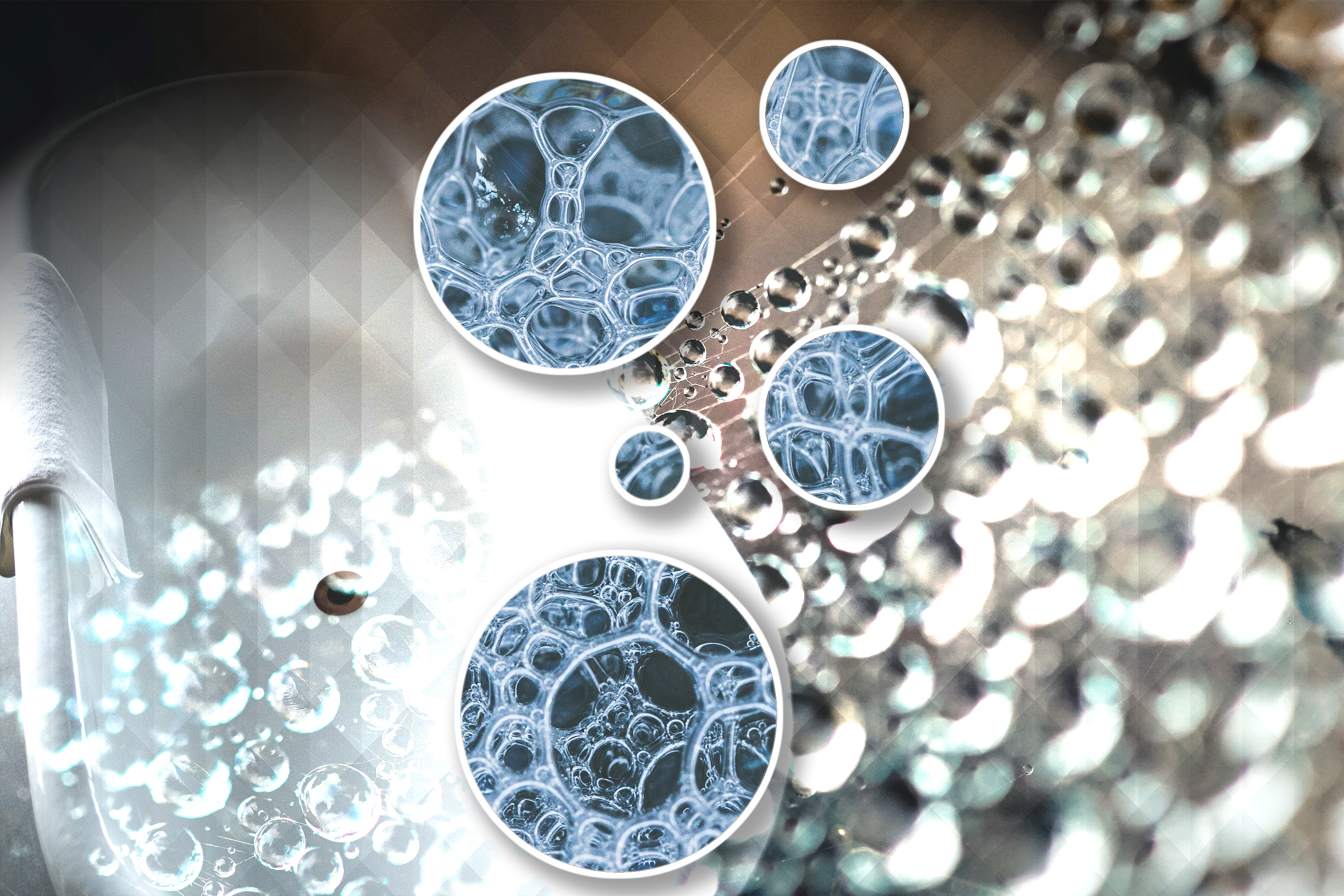The Evolution of Evaporation: From Ancient Alchemy to Modern Science
In this blog, I would like to talk about the history and future of rotary evaporation, a process I have had tremendous experience with over the years. It is by far the most efficient and effective means of gently removing solvents from samples by means of evaporation. The process is vital for chemical and biological labs and the pharmaceutical industry, which relies on the precision and non-destructive nature of the process. Rotary evaporators have also found a home in high-end kitchens and bars, pushing the boundaries of their trades. So, if you’re keen to understand the history of rotary evaporation and want to know the application possibilities offered by the latest breed of instruments, read on!
To understand rotary evaporation and its history is to understand the heart of chemistry itself. The word chemistry has roots in several languages, coming from the Middle English word “chemistrie” which evolved from “chemie” an adaption of the word “alchemie” from the late medieval period. The word alchemy itself is believed to come from the Greek term “chemeia” and the Arabic word “al’kīmivā” which means the ‘process of transmutation’. One of the first definitions of alchemy came from Zosimos of Panopolis at the end of the 3rd century AD, who described alchemy as “the composition of waters, movement, growth, embodying and disembodying, drawing the spirits from bodies and bonding the spirits within bodies”. This notion of understanding composition and drawing the spirits from bodies is at the heart of distillation.
To understand rotary evaporation and its history is to understand the heart of chemistry itself.
Attempts to transform substances to prolong life or create objects of desire, such as gold, led to the development of techniques of separation through distillation. Simple distillation is one of the oldest known methods of separating mixtures based on the differences in the volatilities of components in a boiling liquid mixture. A liquid is heated to create vapor, which is subsequently captured and condensed again, thus separating the components of a mixture. This image represents the early distillation equipment of Zosimos:

Over the years, this simple method was developed and improved upon, leading to fractional distillation, used to separate liquids with close boiling points using a fractionating column. Later came steam distillation , which involves heating a mixture by means of steam from another source, causing evaporation at lower temperatures and allowing for the separation of heat-sensitive compounds. Next came vacuum distillation, whereby the pressure above a liquid to be distilled is reduced below atmospheric pressure, causing the evaporation of the most volatile liquids with the lowest boiling points. The final evolution in the process combined the benefits of these previous methods and further improved upon them. This process is known as rotary evaporation and was developed by a Swiss chemist in the 1950s and commercialized by Büchi Labortechnik AG, a company where I spent many years. The company was responsible for making significant improvements and popularizing the device within the scientific community, and the BUCHI Rotavapor® is now found in laboratories worldwide.
Rotary evaporators are revolutionary in a literal and figurative sense. The sample is placed into a revolving round-bottomed flask that is lowered into a heating bath; this increases the surface area of the liquid and aids the evaporation process. The pressure is reduced using a vacuum pump which lowers the solvent’s boiling point, allowing it to evaporate at a lower temperature – this is particularly helpful for heat-sensitive compounds and has revolutionized the field of chemistry in terms of the efficiency and control of the process. Removing solvents from samples gently and efficiently is critical to the chemical and pharmaceutical industries that rely on rotary evaporation for a range of tasks.
The final evolution in the process combined the benefits of these previous methods and further improved upon them. This process is known as rotary evaporation.
The basic concept of the rotary evaporator has not changed since its inception in the 1950s – just as the concept of classical computing hasn’t changed since its inception. But like computers, rotary evaporators have improved significantly over the years, offering greater control and automation of the process. Just as computers evolved into laptops, tablets, and handheld devices created for different use cases – rotary evaporators have also been designed with different workflows in mind. What was once a very hands-on method in my early years in laboratories is now heavily automated by the latest top-of-the-range instruments. It was tough to control the pressure on the first rotary evaporator I used as the vacuum pump was either on or off. There were no digital or automated controls as with today’s instruments. Reproducibility and efficiency often depended on the experience of the lab technician, and even the most adept technician (like me!) couldn’t compete with modern instruments. That is not to say that anyone using rotavapors today lacks skill and experience – it’s quite the opposite. The precision offered by modern equipment has led to the ultimate refinement of the evaporation process allowing for huge medical and gastronomic advancements.
Today there are entry-level systems aimed at academia and for smaller labs looking at budget-friendly solutions, to automated systems that can be loaded with accessories and handle a wide range of applications. Modern systems can adjust conditions in real time to maintain the optimal evaporation environment, ensuring consistency and reproducibility. I have fond memories of being a student and taking my first steps as a chemist, and it amazes me how far we have come. I hope you enjoyed this brief history of the evolution of evaporation and can find the perfect solution for your application.
Till next time,


WANT TO STAY IN TOUCH?
Click on the button and receive the latest posts directly in your messenger!
Related Posts
26th January 2022
Who is your favorite member of the rotary evaporation family?
Bart matches industrial, parallel and lab evaporators to their most suitable applications →
12th August 2020
Sizing up the importance of flask size in rotary evaporation
Bart discusses theory and experimental data on how flask size affects evaporation performance →
4th November 2020
Foam is foe in rotary evaporation. Here is how to prevent it.
Bart discusses why foam formation is dangerous and how to prevent foam in your evaporation flask →
13th January 2021
Your 2021 chromatography and rotary evaporation crystal ball
Bart offers his outlook on how the chromatography and rotary evaporation markets will develop in 2021 →





